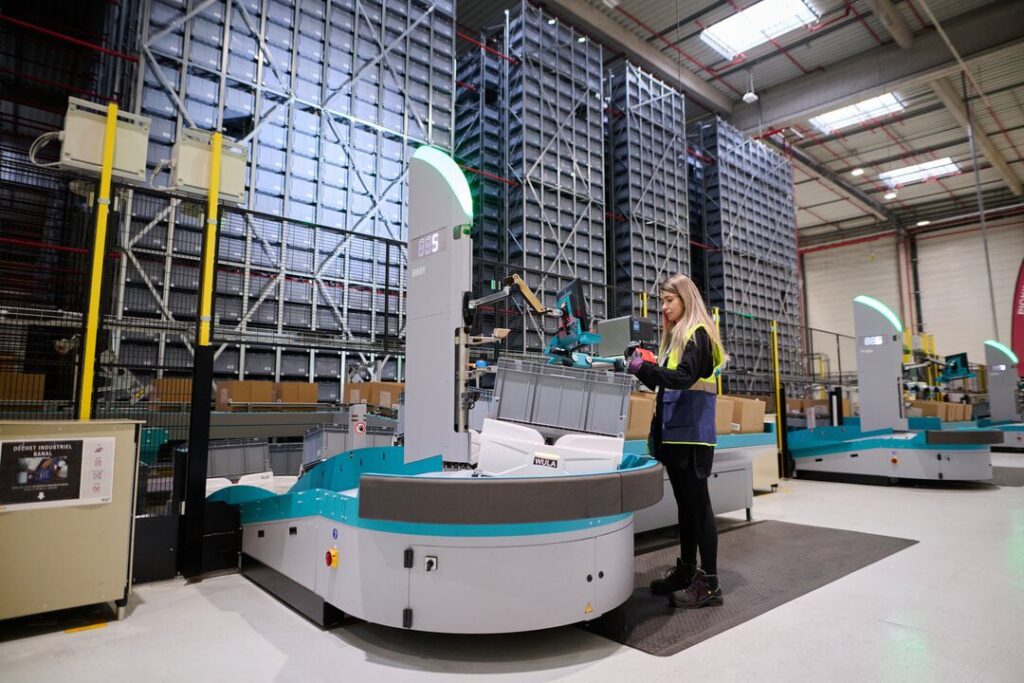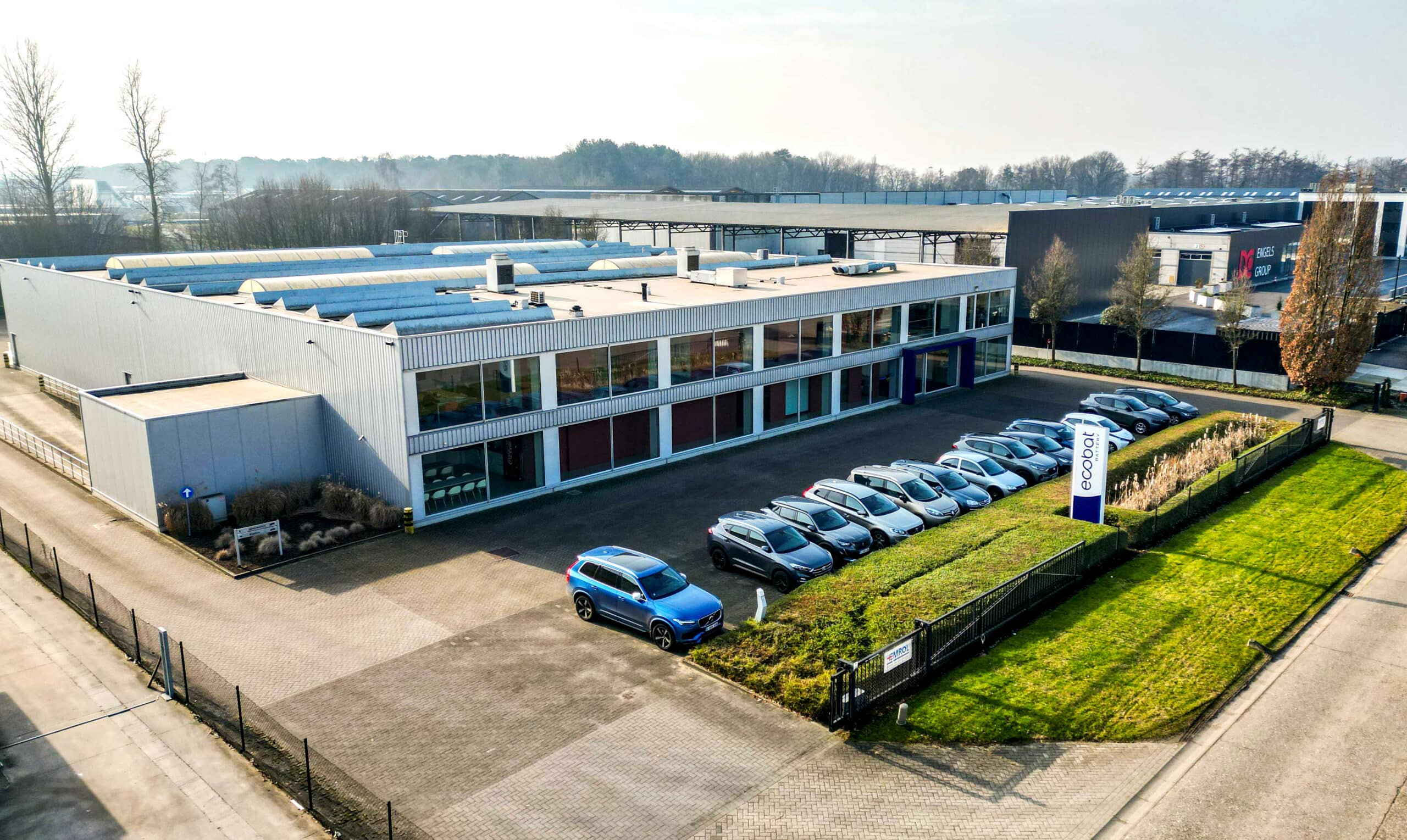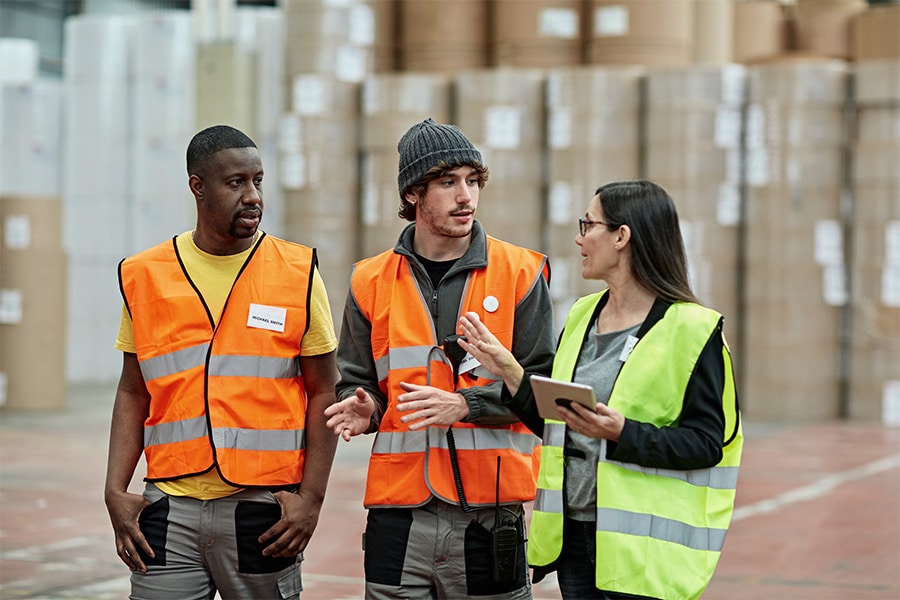
Why companies don't have to choose between work happiness and profits
Happiness is a criterion that unfortunately rarely plays a role in business decisions - and certainly not the happiness of employees. Nevertheless, happy employees are golden: from research show that they are more engaged, perform better and stay in service longer. Jan Heijblom, automation expert at Exotec, reveals at the beginning of this Week of Work Happiness eager to see how Exotec handles that.
You might not immediately expect it from a company in the robotics business, but at Exotec the motto "Human First" applies. This means that robotic systems always prioritize the comfort and well-being of the operator. Specifically, we always strive for maximum ease of use and as little physical strain as possible.
Comfort above all else
The French manufacturer of robotic systems is convinced that operator comfort is essential for optimal productivity. Robot solutions are therefore designed in collaboration with independent ergonomists to ensure correct working posture and reduce the risks of repetitive movements. This is because good posture can avoid back and neck pain, which not only can be annoying, but can also lead to downtime. Important here is that operators can work at a constant height and have adjustable tools. This minimizes the physical effort required and increases job satisfaction.
The workstations are also designed so that the operators can work in a comfortable manner. In other words, the operator should not adapt to the equipment, but vice versa. For the workstations, the main objective is to maximize accessibility and visibility. To this end, mobile and height-adjustable touch screens, easily accessible scan buttons and containers that are tilted to the correct angle so that the operator can immediately see what is inside.
Safety first
Anyone who has to worry about their safety all day long is unlikely to experience much job happiness. This is why safety is also integrated into every phase of the design processes. In the first instance, this means that the - often very strict - regulations in this area are meticulously observed. Engineers therefore conduct thorough risk analyses and adhere to the strictest standards to ensure the protection of users. Each product is also tested and certified by independent third parties to ensure maximum safety in all situations.
But it doesn't stop there. This manufacturer's robotic systems are also designed to minimize the risks of fire, electrocution and mechanical shock. To this end, for example, low voltage batteries are chosen, the robots' speed is limited and advanced technologies are used to prevent collisions. Thus, for each element, from the design phase, the aim is to provide optimal protection for operators and to ensure a safe and reliable working environment.
Help is always near
But it's not just the design of the systems that benefits employees' job happiness; the way support is organized also plays a big role in it. This is why specialized technicians are present at all locations to maintain the systems. Remote maintenance that is available at all times ensures that problems are solved quickly and performance is optimal.
Less turnover and attrition
Putting the end user at the center of the development of new robotic systems may sound obvious, but it is far from it. First, it requires a lot of additional investment - the advice of outside specialists in ergonomics and safety is certainly not free. It also brings additional challenges that can significantly slow down the development process.
So from an economic standpoint, it doesn't seem like the wisest approach, but Heijblom disagrees. At the end of the day, all that effort absolutely benefits the bottom line. Operators who can do their work in a comfortable way are automatically going to do it more efficiently. Moreover, make them feel secure and you get much less turnover and attrition, which is a tremendous benefit for whole organizations. Choosing between job happiness and profit? Nowhere to go, that is.



